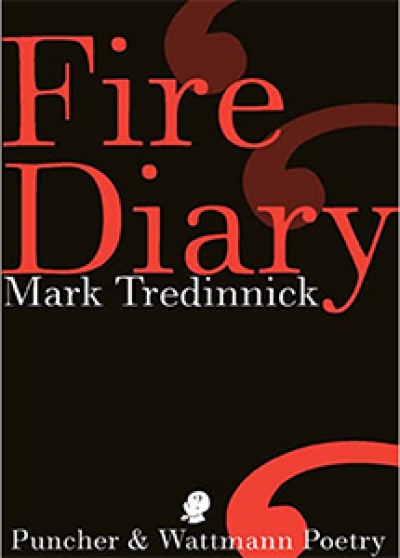Brendan Ryan
I walk toward a paddock bordered by cypress trees.
Philip Hodgins is on a tractor harrowing forty acres.
I can’t see his face but I know it is him
methodically going about his business,
Past the final service station
into the green beyond of paddocks
soon to be carved up, quartered,
then watched over by streetlights.
In the post-work haze, nostalgia reigns:
lonely crossroads, abandoned weatherboards,
paddocks stretching down to the sea.
A Slant of Light by Paul Kane & A Tight Circle by Brendan Ryan
Hooded eyes, eyelashes thinning, she tailgates a semi,
keeping up with him in case she breaks down.
The truckie has her measure in his rear-view mirror –
canola’s chemical yellow rises above the fence line
Black Poles laze around a dam, ibis and egrets gliding overhead
wattle, casuarina, eucalypt, cypress, radiata
where the bitumen gives way to gravel
taking you deeper into shadows, ditches
tinder undergrowth of a bush block
Her hand in mine
she walks looking back
at all the bright colours –
that’s a funny man.
She says what she feels
and teaches me what I thought I used to know.
The warmth of her hand
the sense that she will never let go,
even though her body
is twisting back to examine
a piece of glass with writing on it.
... (read more)



